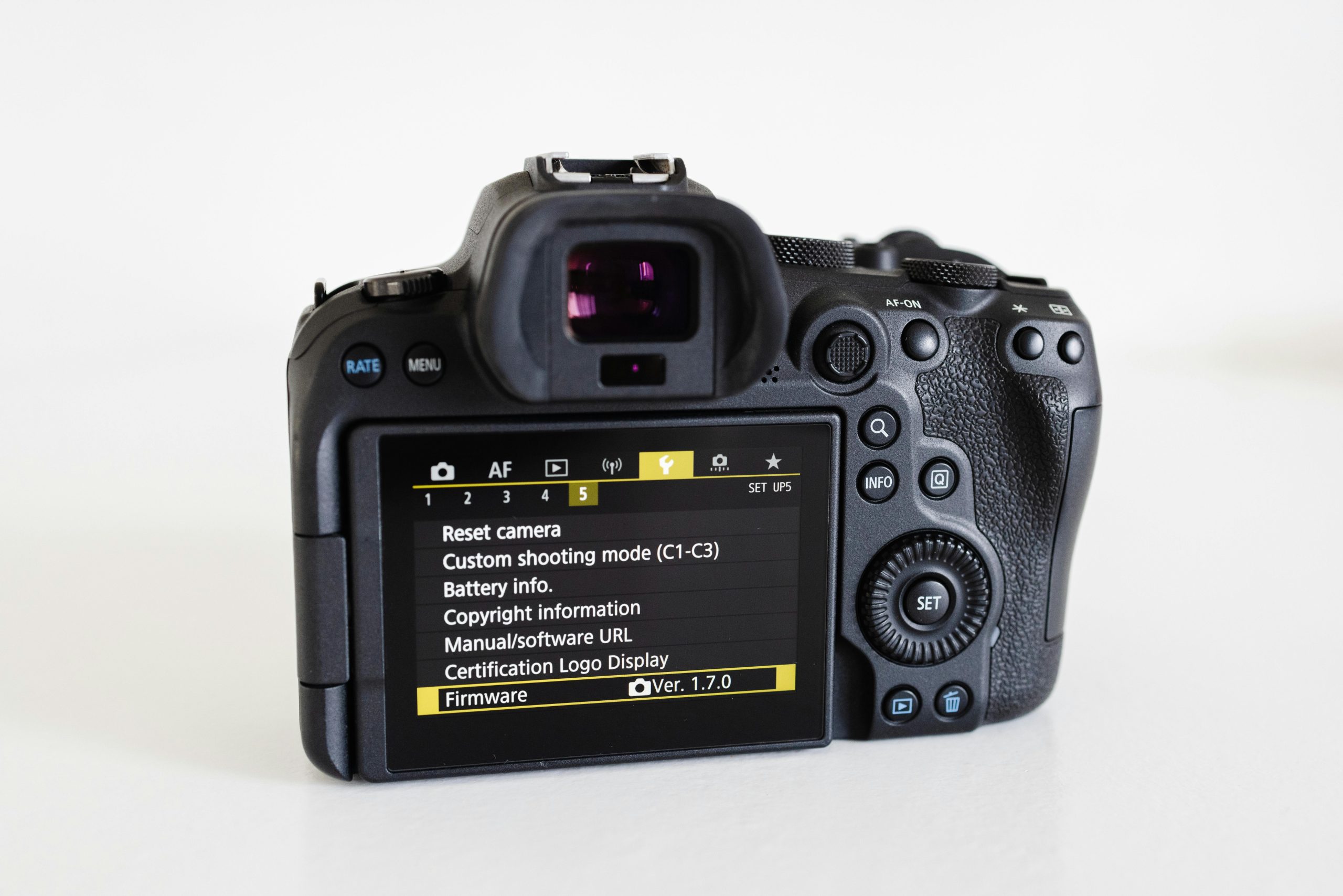Understanding the “Boot Device Not Found” Error on HP Desktops: A Step-by-Step Troubleshooting Guide
Encountering a “Boot Device Not Found” error on your HP desktop can be frustrating, especially when your HDD or SSD shows no signs of physical damage. This issue often relates to BIOS settings, particularly the boot mode configuration. In this article, we’ll explore a structured approach to diagnosing and resolving this problem, considering various potential solutions including switching between UEFI and Legacy modes, performing factory resets, and other troubleshooting steps.
What Causes the “Boot Device Not Found” Error?
This error typically indicates that the computer’s BIOS or UEFI firmware cannot locate a valid bootable drive. Common causes include:
- Incorrect BIOS/UEFI boot mode configuration (UEFI vs. Legacy)
- Corrupted or misconfigured boot files
- Hardware recognition issues
- Firmware settings preventing proper boot device detection
Recommended Troubleshooting Steps
Before proceeding, ensure that your hardware components (HDD/SSD and connectors) are properly connected and functional.
-
Access BIOS/UEFI Settings
-
Restart your computer and press the required key (often F10, ESC, or DEL) during startup to enter BIOS/UEFI.
-
Check if Secure Boot is enabled or disabled. Note that some HP desktops may not support Secure Boot, which can influence your troubleshooting options.
-
Consider Switching Between UEFI and Legacy Boot Modes
-
If your system currently uses UEFI mode and encounters boot issues, try switching to Legacy BIOS mode.
Important:
– If your system does not support Secure Boot (as is the case with some HP models), changing boot modes may be more straightforward.
– Always record current BIOS settings before making changes for future reference.
Procedure:
– Navigate to the Boot tab in BIOS/UEFI.
– Locate the Boot Mode or Boot Priority setting.
– Change the mode from UEFI to Legacy (or CSM) if applicable.
– Save changes and exit BIOS.
– Restart your system to see if the issue resolves.
-
Perform a Factory Reset of BIOS Settings (if necessary)
-
Resetting BIOS to factory defaults can sometimes resolve misconfigurations.
- Within BIOS, select the option to Load Setup Defaults or Reset to Default Settings.
-
Save and exit, then check if your system can boot normally.
-
Execute a Hard Reset
-
Power off your PC completely.
- Unplug the power cable and disconnect all
Share this content:



